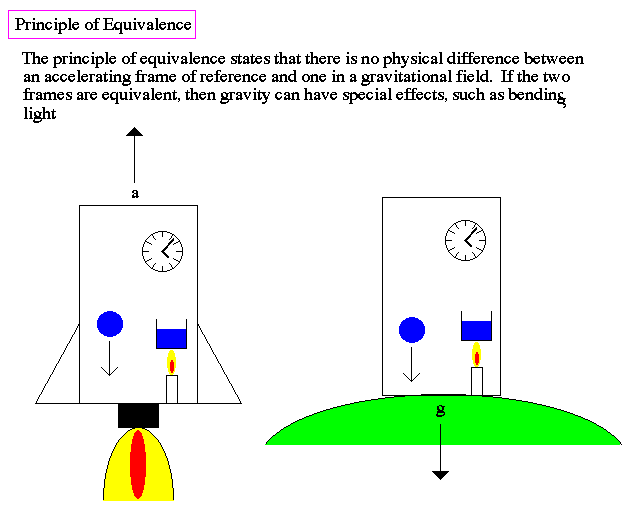Gravity and momentum
Everyday experience indicates that in a given field of gravity, such as the field caused by the Earth, the greater the mass of a body the greater the force acting on it. That is to say, the more massive a body the more effectively will it tend to fall toward the Earth; in fact, in order to determine the mass of a body one weighs it - that is to say, one really measures the force by which it is attracted to the Earth, whereas the mass is properly defined as the body's resistance to acceleration. Newton noted that the ratio of the attractive force to a body's mass in a given field is the same for all bodies, irrespective of their chemical constitution and other characteristics, and that they all undergo the same acceleration in free fall; this common rate of acceleration on the surface of the Earth amounts to an increase in speed by approximately 9.8 metres per second every second.
This common rate of gravitationally caused acceleration is illustrated dramatically in space travel during periods of coasting. The vehicle, the astronauts, and all other objects within the space capsule undergo the same acceleration, hence no acceleration relative to each other. The result is apparent weightlessness: no force holds the astronaut to the floor of his cabin or a liquid in an open container. To this extent, the behaviour of objects within the freely coasting space capsule is indistinguishable from the condition that would be encountered if the space capsule were outside all gravitational fields in interstellar space and moved in accordance with the law of inertia. Conversely, if a space capsule were to be accelerated upward by its rocket engines in the absence of gravitation, all objects inside would behave exactly as if the capsule were at rest but in a gravitational field. The principle of equivalence states formally the equivalence, in terms of local experiments, of gravitational forces and reactions to an accelerated non inertial frame of reference (e.g., the capsule while the rockets are being fired) and the equivalence between inertial frames of reference and local freely falling frames of reference. Of course, the principle of equivalence refers strictly to local effects: looking out of his window and performing navigational observations, the astronaut can tell how he is moving relative to the planets and moons of the solar system.
Thus, Newton's hypothesis that every object attracts every other object in direct proportion to its mass is replaced by the relativistic hypothesis that the continuum is curved in the neighbourhood of massive objects. Einstein's law of gravity states simply that the world line of every object is a geodesic in the continuum. A geodesic is the shortest distance between two points, but in curved space it is not generally a straight line. In the same way, geodesics on the surface of the earth are great circles, which are not straight lines on any ordinary map.

Einstein argued, however, that in the presence of gravitational fields there is no unambiguous way to separate gravitational pull from the effects occasioned by the non inertial character of one's chosen frame of reference; hence one cannot identify an inertial frame of reference with complete precision. Thus the principle of equivalence renders the gravitational field fundamentally different from all other force fields encountered in nature. The new theory of gravitation, the general theory of relativity, adopts this characteristic of the gravitational field as its foundation.
Related links (external pages)